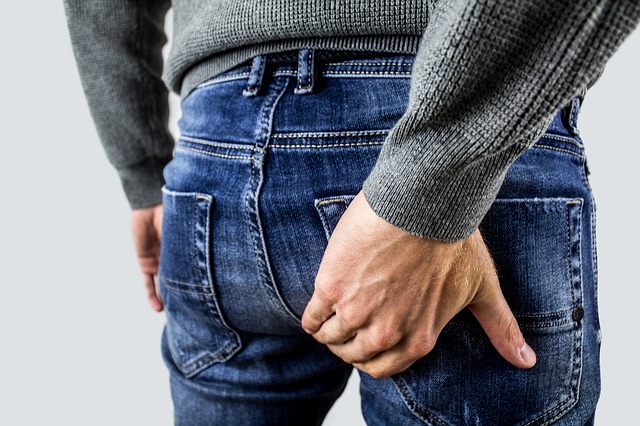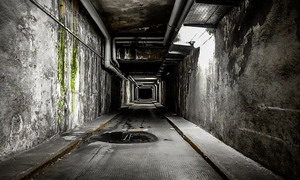 My article last week was on colitis. So, I thought I would follow that line of thought down to its natural conclusion at the end of that system. So what type of signs of inflammation do we find at the very end of the colon? Hemorrhoids. For more than half of you, you have experienced these lovely conditions at some time in your life. They make your life pretty miserable with certain activities, like bicycle riding being especially problematic.
My article last week was on colitis. So, I thought I would follow that line of thought down to its natural conclusion at the end of that system. So what type of signs of inflammation do we find at the very end of the colon? Hemorrhoids. For more than half of you, you have experienced these lovely conditions at some time in your life. They make your life pretty miserable with certain activities, like bicycle riding being especially problematic.
 So, what is going on with hemorrhoids? Why do they happen? No, they are not just an extension of colitis. Hemorrhoids are a problem with the veins surrounding the end of the Sigmoid colon as it forms the anus. These veins balloon out in much the same way we see in varicose veins in the legs. Recall that veins are a low-pressure system. The heart creates high pressure to pump blood through the arteries out to the body. But that pressure is dissipated in the micro-circulation of the capillaries before the blood flows into the venous system to make its way back to the heart. Veins depend on muscle movement to squeeze the blood upward plus a series of one-way valves in the veins that prevent the blood from flowing backward away from the heart. Arteries have thick walls to withstand the pressure while veins do not. Simply put, veins are weaker.
So, what is going on with hemorrhoids? Why do they happen? No, they are not just an extension of colitis. Hemorrhoids are a problem with the veins surrounding the end of the Sigmoid colon as it forms the anus. These veins balloon out in much the same way we see in varicose veins in the legs. Recall that veins are a low-pressure system. The heart creates high pressure to pump blood through the arteries out to the body. But that pressure is dissipated in the micro-circulation of the capillaries before the blood flows into the venous system to make its way back to the heart. Veins depend on muscle movement to squeeze the blood upward plus a series of one-way valves in the veins that prevent the blood from flowing backward away from the heart. Arteries have thick walls to withstand the pressure while veins do not. Simply put, veins are weaker.
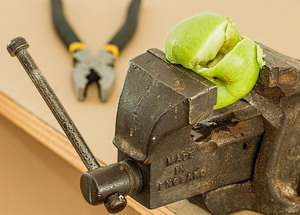 With hemorrhoids, we have three basic reasons why these veins blow out and form the venous bubble that is so annoying.
With hemorrhoids, we have three basic reasons why these veins blow out and form the venous bubble that is so annoying.
Strain pressure
Vein hypertension
& Structural weakness
We have some special anatomy for veins in this area. This is part of what is called the portal vein system. Why it is different is because, unlike all other veins, these veins do not flow right back to the heart, but instead they flow to the liver. The veins that create hemorrhoids are also the veins all along the intestine and colon that carry the nutrients absorbed up to the liver before it is released to the rest of the body. These veins are entirely contained within the abdominal cavity. So, anything that increases the internal pressure within the abdominal cavity will also increase the pressure in those veins. This is not a big deal for the parts of the portal vein up inside where the pressure is the same all over. But for parts of the vein exposed to the outside world where the pressure is much less, like at the rectum, enough pressure will blow up those veins like blowing up a balloon.
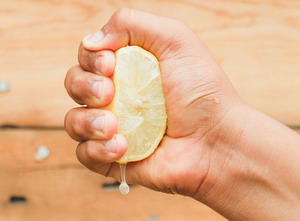 You can probably guess where this is going. Straining to increase your abdominal pressure in order to squeeze out some reluctant bowel matter also increases the pressure within the rectal veins enough to potentially create a hemorrhoid. A common complicating factor is the overfilling of this vein system which is caused by too much sitting which allows blood to pool in the abdomen.
You can probably guess where this is going. Straining to increase your abdominal pressure in order to squeeze out some reluctant bowel matter also increases the pressure within the rectal veins enough to potentially create a hemorrhoid. A common complicating factor is the overfilling of this vein system which is caused by too much sitting which allows blood to pool in the abdomen.
The second cause of hemorrhoids is portal vein hypertension. Just like having high blood pressure in your arteries can cause an artery to blow out causing a stroke, too much chronic pressure in your portal vein
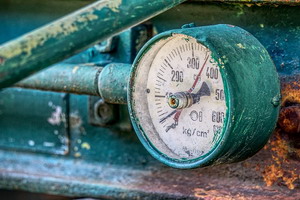
can cause the same sort of thing. What causes hypertension in the portal vein? You don’t get plaque in veins because plaque is really your body’s attempt to prevent artery ruptures in injured parts of the artery – so no atherosclerosis in veins causing hypertension. No, here the plaque is in the liver in the form of fatty liver disease. Early last century this was found almost exclusively in alcoholics as they progressed towards cirrhosis of the liver. As the liver gradually turned into scar tissue, the movement of blood through the liver would get restricted and cause back pressure on the portal vein – hence hypertension. But since the mid-50s this has been gradually shifting toward fatty liver disease caused by the consumption of fructose in processed sugar and corn syrup. Currently, 25% of the US population has fatty liver disease. Eventually, the fatty liver turns into cirrhosis of the liver and kills you. That means over 83 million Americans are sliding down the slope towards liver failure right this minute. This is called NAFLD – Non-alcoholic Fatty Liver Disease.
 Why am I going into this much detail on liver disease? Because if you have or get hemorrhoids it may be because you have NAFLD. While hemorrhoids are very annoying, they won’t kill you, while NAFLD might. Unfortunately, NAFLD does not really have any other symptoms until it gets very serious. It is easily diagnosed with a CT or MRI scan and is first suspected when liver enzymes go up in blood tests as they indicate liver cell death is happening too fast.
Why am I going into this much detail on liver disease? Because if you have or get hemorrhoids it may be because you have NAFLD. While hemorrhoids are very annoying, they won’t kill you, while NAFLD might. Unfortunately, NAFLD does not really have any other symptoms until it gets very serious. It is easily diagnosed with a CT or MRI scan and is first suspected when liver enzymes go up in blood tests as they indicate liver cell death is happening too fast.
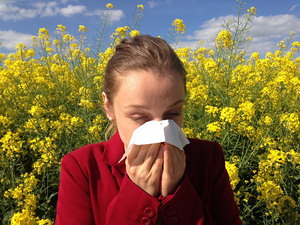 Other conditions can cause congestion in the liver and cause a backup of venous blood. The liver can get congested when its ability to break down physiological poisons is compromised. The liver can also get congested if your bile flow is sluggish or thick due to dehydration, gallbladder disease, or poor diet. Bile flow is stimulated by bitter foods and the production of sufficient stomach acid. Bile is used by your body to break down fats and stimulate bowel movement. Constipation is often due to poor bile flow inhibiting proper movement. It is also what gives your stools the deep brown color. So, light-colored stools are a sign of poor bile flow.
Other conditions can cause congestion in the liver and cause a backup of venous blood. The liver can get congested when its ability to break down physiological poisons is compromised. The liver can also get congested if your bile flow is sluggish or thick due to dehydration, gallbladder disease, or poor diet. Bile flow is stimulated by bitter foods and the production of sufficient stomach acid. Bile is used by your body to break down fats and stimulate bowel movement. Constipation is often due to poor bile flow inhibiting proper movement. It is also what gives your stools the deep brown color. So, light-colored stools are a sign of poor bile flow.
 Now for the last cause of hemorrhoids, structural weakness. Your veins may simply be weak. Weak veins swell and balloon out. The most common cause for this is a low-level form of scurvy – vitamin C complex deficiency. Bioflavonoids, like rutin and hesperidin, are especially important for building strong blood vessel walls. This cause for hemorrhoids will not be limited to just those veins. This problem will also show up as bruising easily, varicose veins, bleeding gums, frequent nose bleeds, and other blood vessel disorders. So if this is the cause for you, look out for these other conditions. The remedy is to get on some regular vitamin C with bioflavonoids.
Now for the last cause of hemorrhoids, structural weakness. Your veins may simply be weak. Weak veins swell and balloon out. The most common cause for this is a low-level form of scurvy – vitamin C complex deficiency. Bioflavonoids, like rutin and hesperidin, are especially important for building strong blood vessel walls. This cause for hemorrhoids will not be limited to just those veins. This problem will also show up as bruising easily, varicose veins, bleeding gums, frequent nose bleeds, and other blood vessel disorders. So if this is the cause for you, look out for these other conditions. The remedy is to get on some regular vitamin C with bioflavonoids.
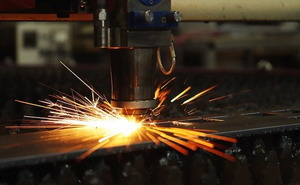 Okay, what can we do for hemorrhoids at home? The current medical treatment is to use a medical laser to fry them in place, but most of us do not have one of those laying around. Usually, the doctor will first have you try a prescription triple strength steroid cream for a couple of weeks. Some folks have tried to cut them open to release the pressure, but this generally results in infection of the cut, so don’t try this at home. Astringent compounds help shrink the hemorrhoid. A favorite is witch hazel applied on a soft pad or as a cream. Witch Hazel is the basis of the commercial product Preparation H. Many different essential oils can be used to reduce irritation and swelling such as frankincense, tea tree, chamomile, clove oil, calendula, and CBDs. These make the symptoms more tolerable, but as this article has made clear, the underlying causes must still be addressed.
Okay, what can we do for hemorrhoids at home? The current medical treatment is to use a medical laser to fry them in place, but most of us do not have one of those laying around. Usually, the doctor will first have you try a prescription triple strength steroid cream for a couple of weeks. Some folks have tried to cut them open to release the pressure, but this generally results in infection of the cut, so don’t try this at home. Astringent compounds help shrink the hemorrhoid. A favorite is witch hazel applied on a soft pad or as a cream. Witch Hazel is the basis of the commercial product Preparation H. Many different essential oils can be used to reduce irritation and swelling such as frankincense, tea tree, chamomile, clove oil, calendula, and CBDs. These make the symptoms more tolerable, but as this article has made clear, the underlying causes must still be addressed.
 Probably the most lauded remedy to take internally for hemorrhoids is Collinsonia root. Patients report relief within hours to a couple of days by taking Collinsonia capsules three times a day. Butcher’s broom, horse chestnut, and Gotu cola are traditional remedies for strengthening blood vessels. Obviously relieving constipation is a big help. Like digestion, the subject of constipation can be complex and involve more than I can address here.
Probably the most lauded remedy to take internally for hemorrhoids is Collinsonia root. Patients report relief within hours to a couple of days by taking Collinsonia capsules three times a day. Butcher’s broom, horse chestnut, and Gotu cola are traditional remedies for strengthening blood vessels. Obviously relieving constipation is a big help. Like digestion, the subject of constipation can be complex and involve more than I can address here.
I should have communicated that sitting all day at a desk job is not ideal for the health of your undercarriage. Get up and move around at least every hour for a couple of minutes. Don’t strain on the stool. Big NO NO – sugar! Sugar is toxic at levels above a couple of spoonfuls a day.

(A can of soda has about 10 spoonfuls of sugar.) Even too much fruit can cause this problem, especially sweet fruits like mango, banana, oranges, dates, etc… Stick with berries, plums, and other low-carb fruits. So there you go, the hemorrhoid story.
Take care,
David
